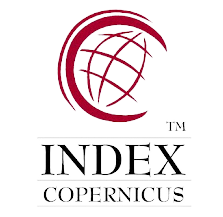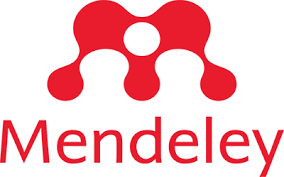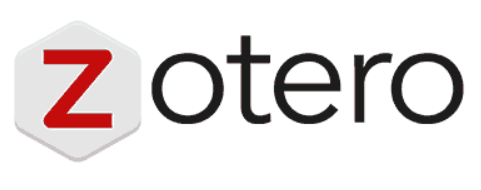Submissions
Submission Preparation Checklist
As part of the submission process, authors are required to check off their submission's compliance with all of the following items, and submissions may be returned to authors that do not adhere to these guidelines.- The submission has not been previously published, nor is it before another journal for consideration (or an explanation has been provided in Comments to the Editor).
- The submission file is in OpenOffice, Microsoft Word, or RTF document file format.
- Where available, URLs for the references have been provided.
- The text is single-spaced; uses a 12-point font; employs italics, rather than underlining (except with URL addresses); and all illustrations, figures, and tables are placed within the text at the appropriate points, rather than at the end.
- The text adheres to the stylistic and bibliographic requirements outlined in the Author Guidelines.
Original Paper
Section default policy
Copyright Notice
Copyright for articles published in The Journal of Anti Money Laundering and Countering the Financing of Terrorism (AML CFT Journal) is retained by the authors. Before publication of an accepted article, authors are required to assent to both a the Creative Commons CC-BY-SA license (click here to read the full-text legal code) and also the agreement below with the journal. The Creative Commons license grants general rights to store, publish, distribute, access and make commercial use of the article. The agreement with the journal concerns corrections and republication.
Privacy Statement
The names and email addresses entered in this journal site will be used exclusively for the stated purposes of this journal and will not be made available for any other purpose or to any other party.



















